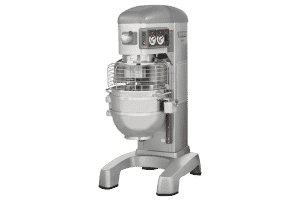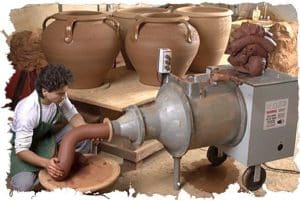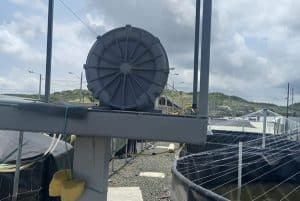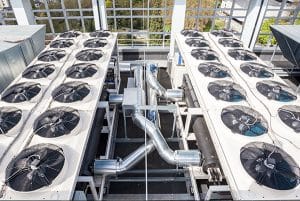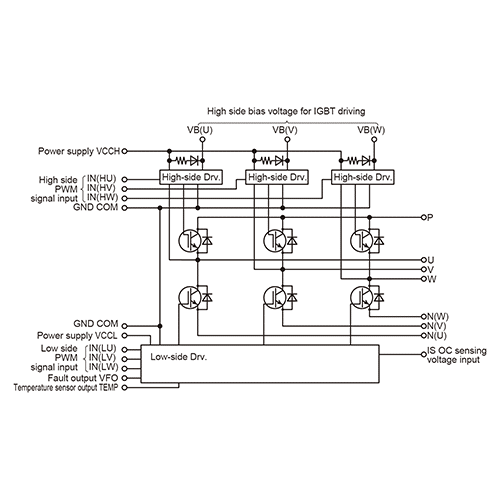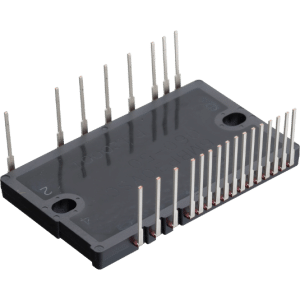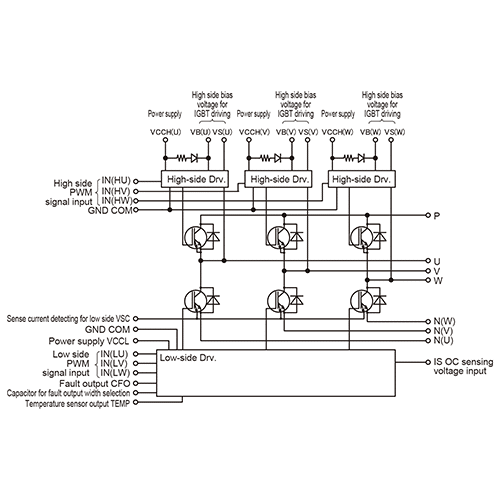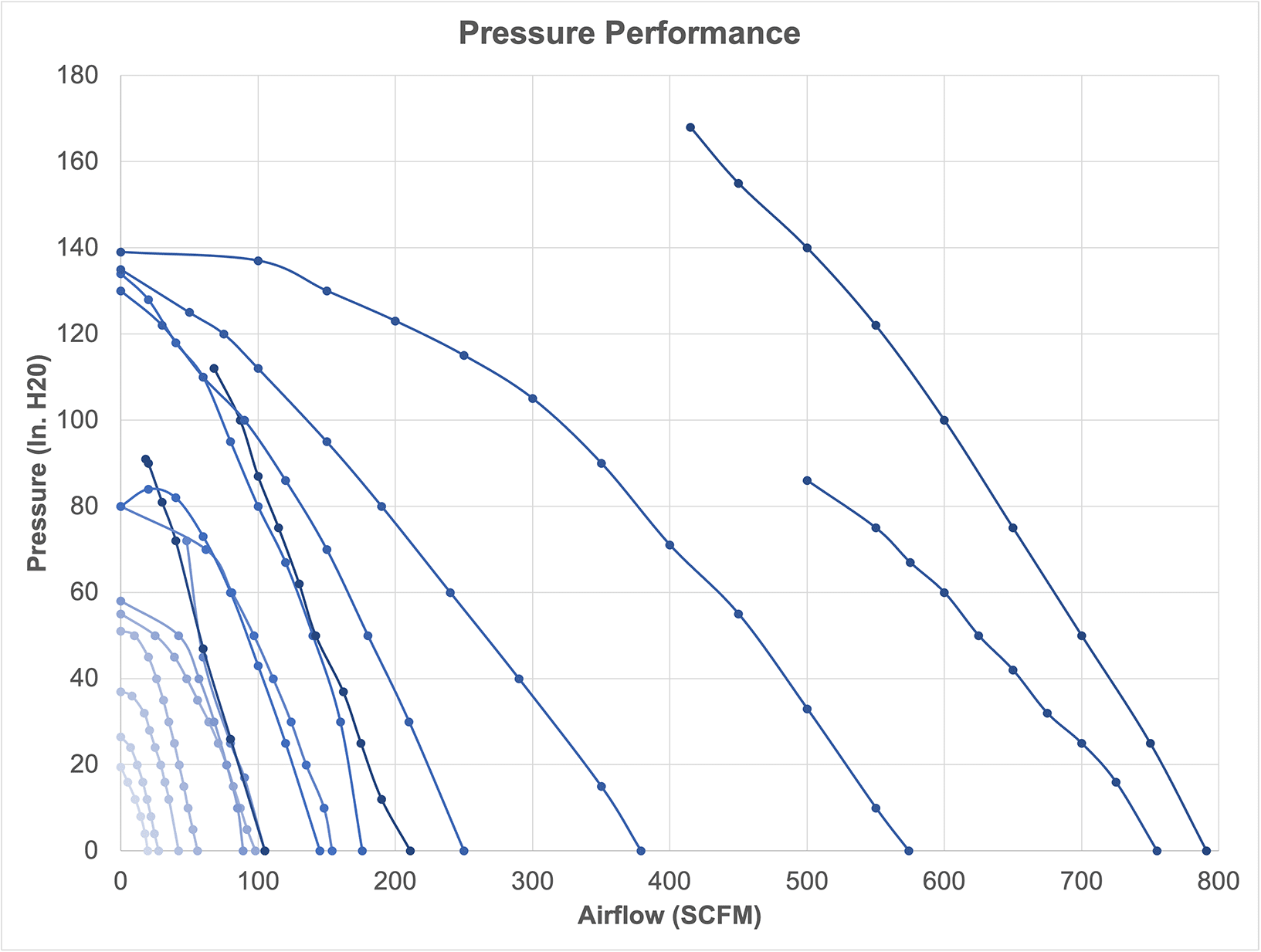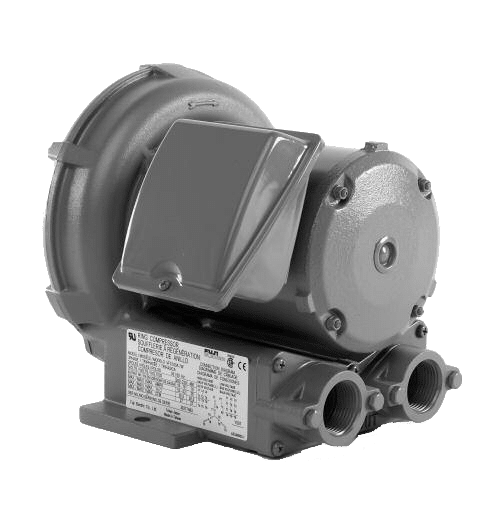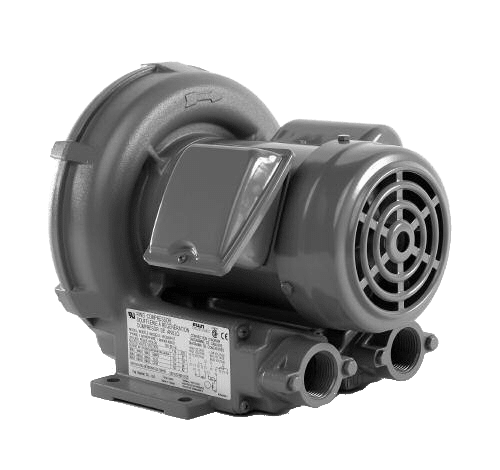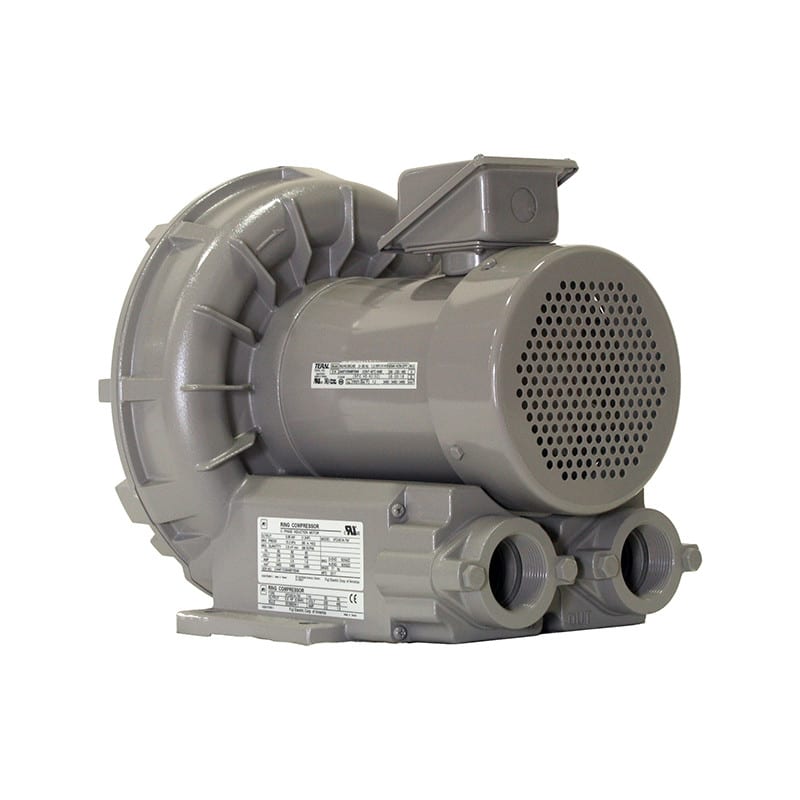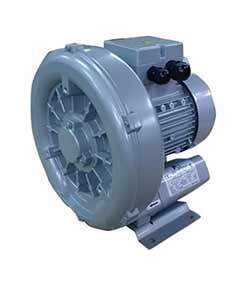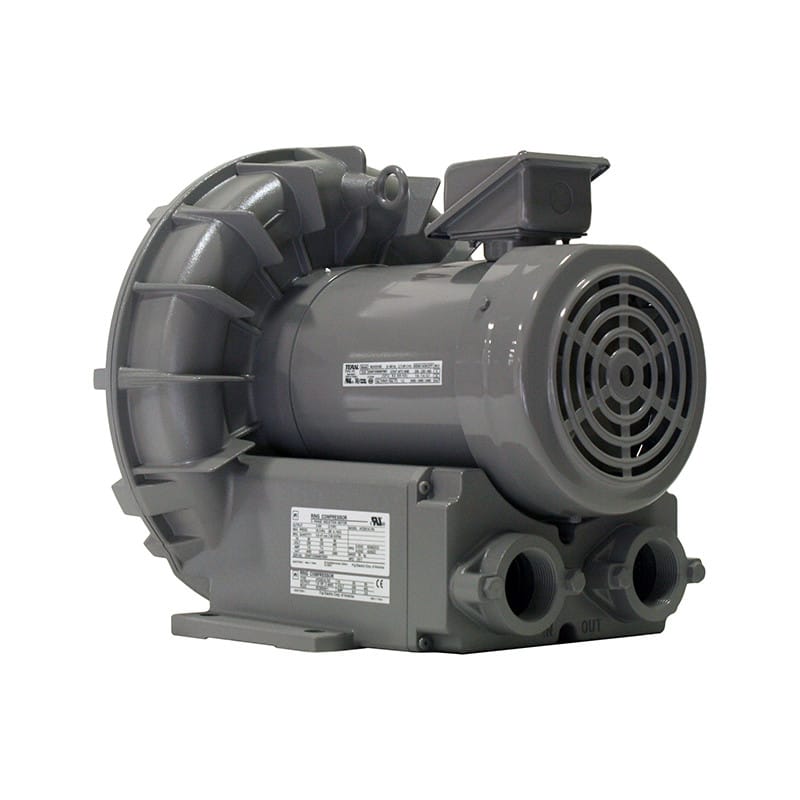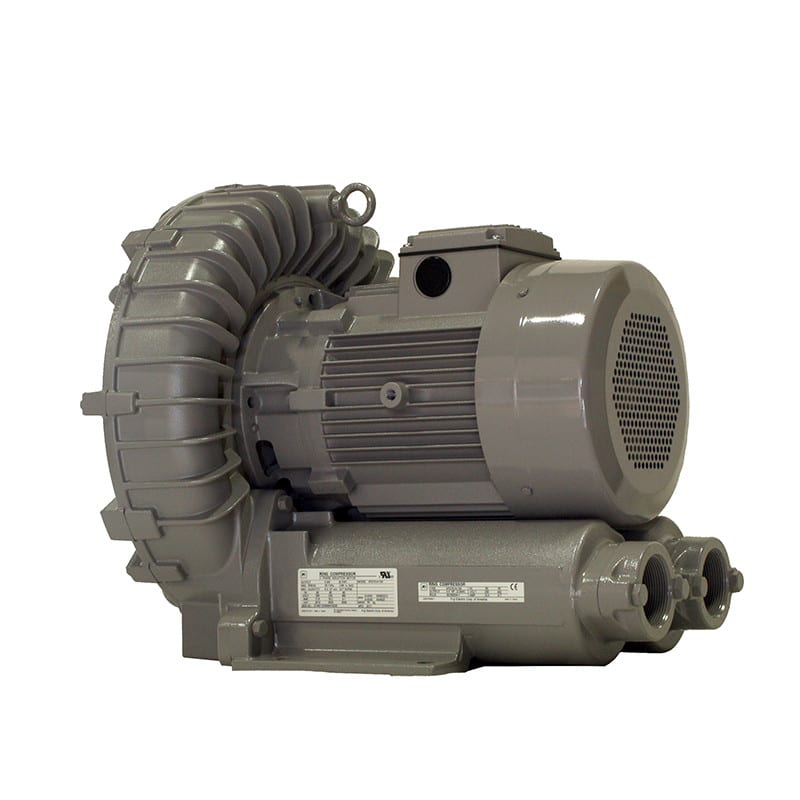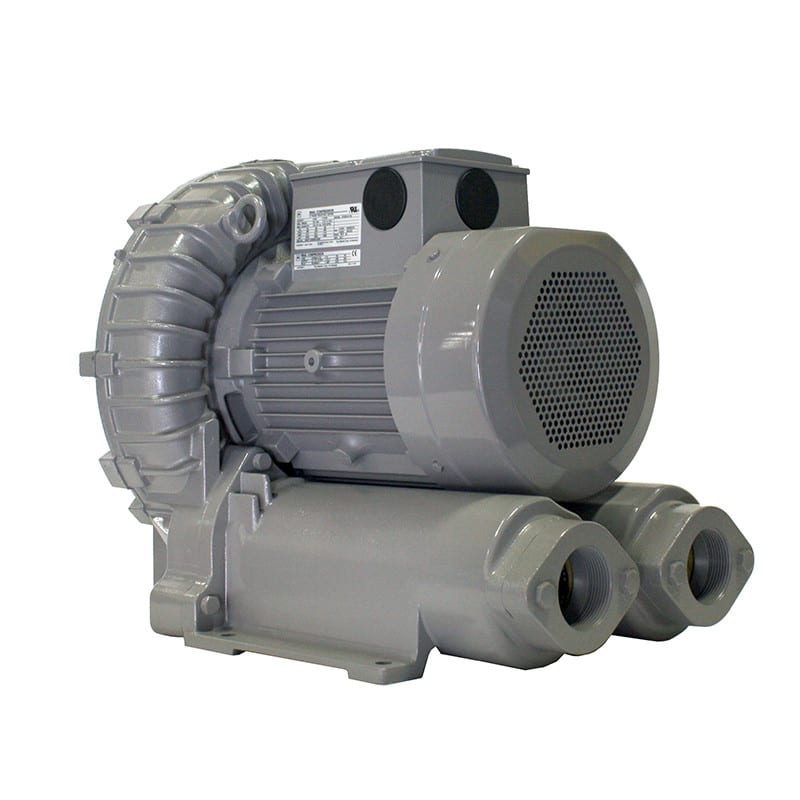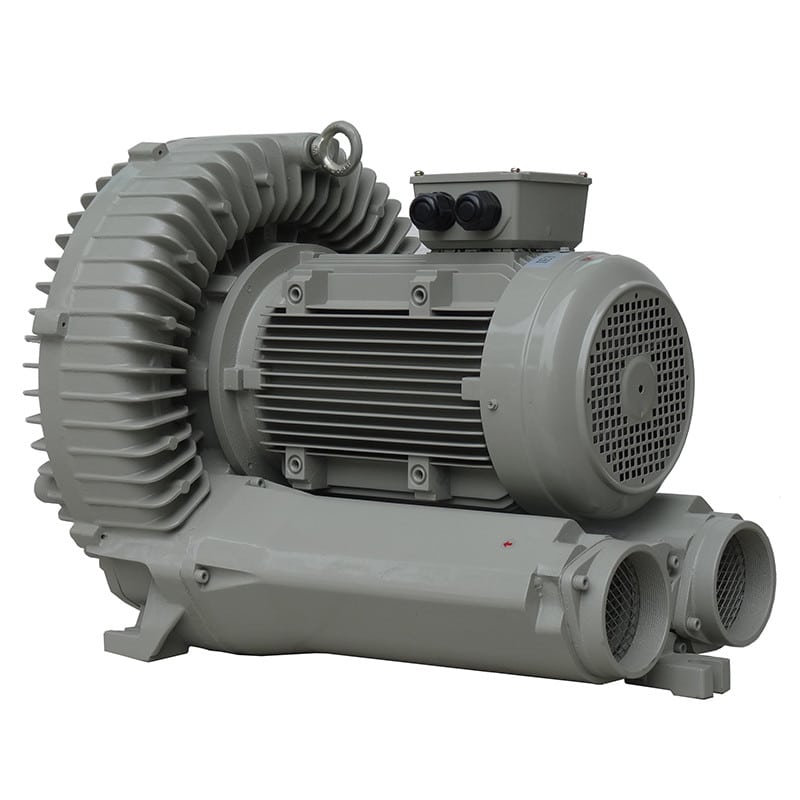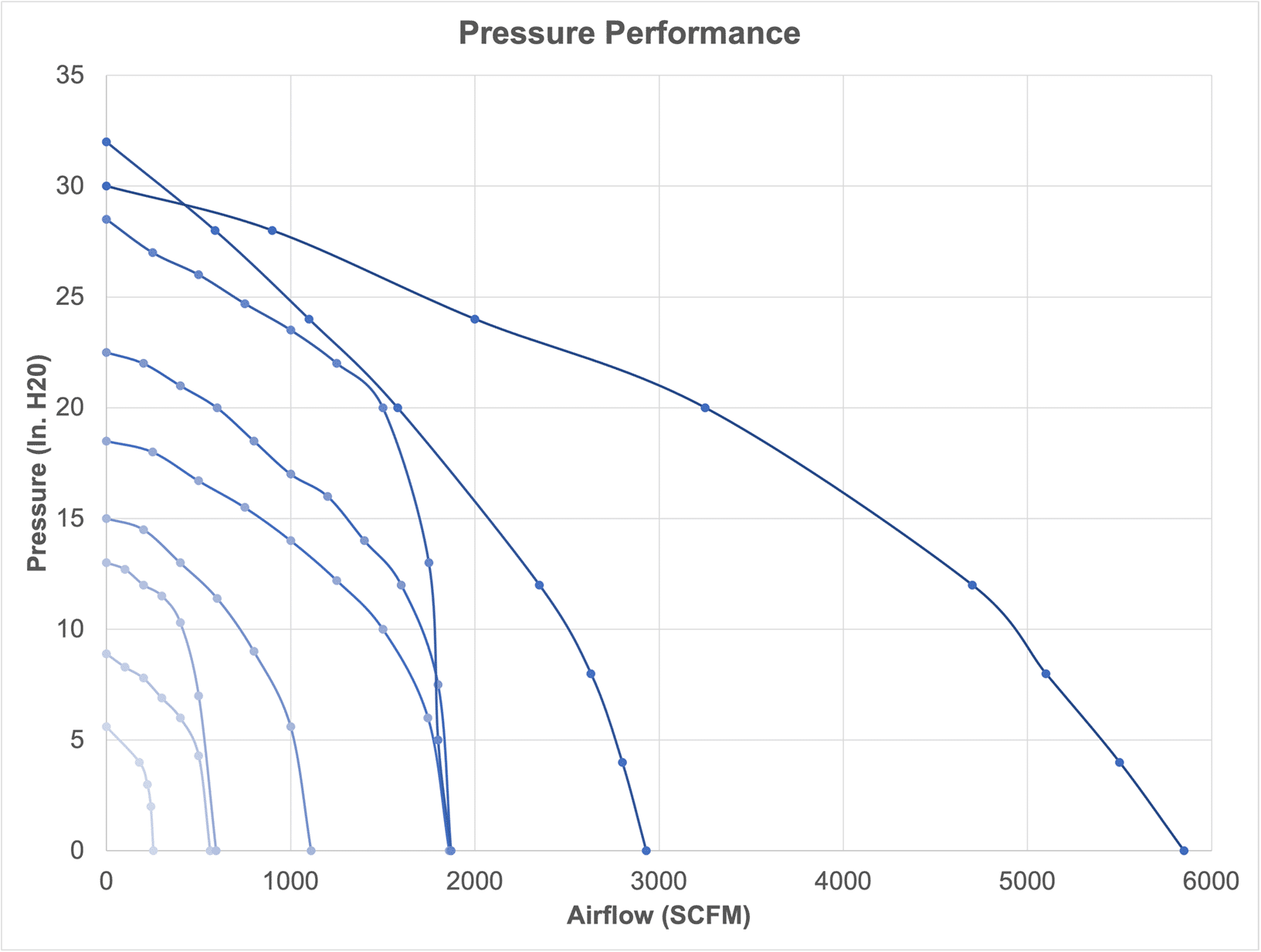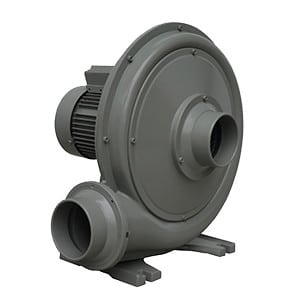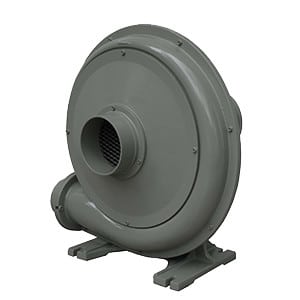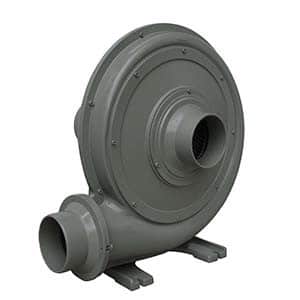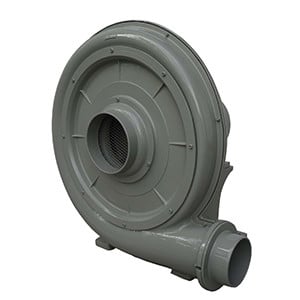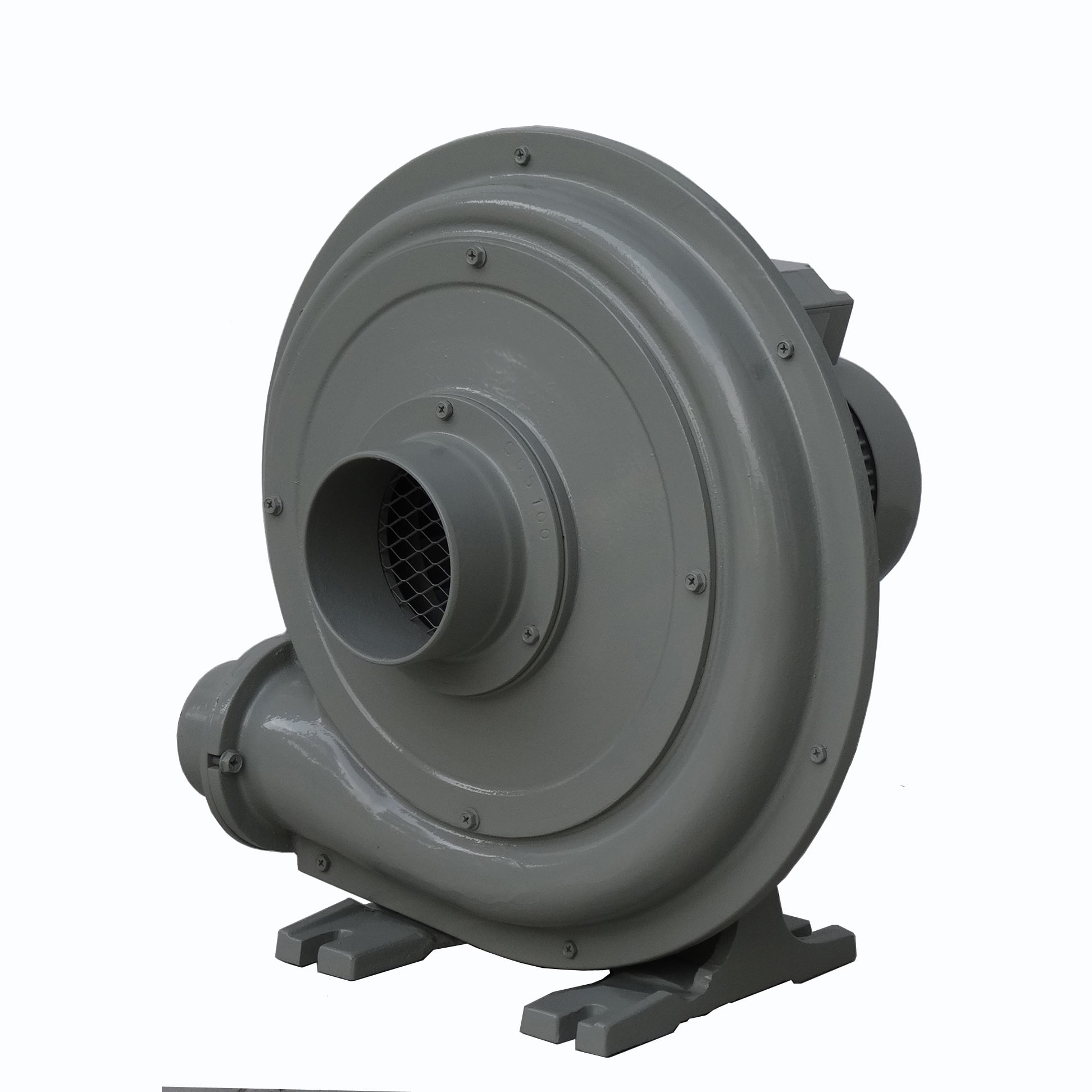PLC
The Programmable Logic Controller (PLC) gathers data from linked sensors or input devices, processes the information, and activates outputs according to predefined parameters. Through this interaction with inputs and outputs, a PLC can oversee and log real-time data like machine productivity or operating temperature, initiate and cease processes automatically, issue alerts in case of machine malfunctions, and perform various other functions. These controllers provide a versatile and sturdy control solution that can be customized to suit nearly any application.
DCS
The increasing utilization of microcomputers spurred the development of DCS. The most prominent and advantageous feature of DCS was its capacity to oversee an entire plant through proprietary communications and a distributed system. To illustrate, in a facility producing ice-cream sandwiches, a single DCS would manage the end-to-end preparation processes. One controller would oversee the production line, another would manage refrigeration, and yet another would control the baking process. Consequently, in the event of a single controller failure, the remaining operations would continue, ensuring a robust system. Additionally, DCS offered integrated monitoring and control, similar to HMI systems, with the entire tag base stored in a unified repository. Lastly, DCS introduced a functional programming paradigm that enabled code reusability.
Differences
The realm of automation has witnessed numerous significant innovations, some of which have faded into obscurity over time, while others have become indispensable prerequisites for operations. PLCs firmly fall into the latter category, assuming a critical role in automating various tasks. However, in recent decades, they have faced a formidable competitor: DCS. Much like a PLC, a DCS consists of multiple autonomous controllers and serves as a central hub for automating processes within extensive systems
Contemporary DCSs can be envisioned as multiple PLCs operating in parallel, albeit with integrated monitoring and control capabilities. Thanks to open-source communications, several PLCs now possess the ability to interact and execute tasks autonomously while coordinating with each other. Crafting a DCS through interconnected PLCs has thus become feasible, blurring the distinction between the two entities. Nevertheless, a major differentiation between PLCs and DCS arises from the pricing factor. Implementing a DCS can result in substantial cost savings, especially for large-scale plants, compared to constructing a system from the ground up using multiple PLCs. Proprietary protocols facilitate more secure, robust, and developer-friendly communication. Furthermore, a DCS includes a monitoring and control system, whereas in a PLC-based system, a separate HMI system would need to be acquired or developed, adding complexity.
However, it’s worth noting that DCS does have a few drawbacks, with a significant one being the scarcity of skillsets in the market. Most floor technicians are familiar with ladder logic programming and can handle basic modifications when necessary. In contrast, DCS programmers are in short supply and often come at a higher cost. Consequently, the choice between DCS and PLC hinges entirely on the application’s specific requirements and a thorough cost-benefit analysis.



